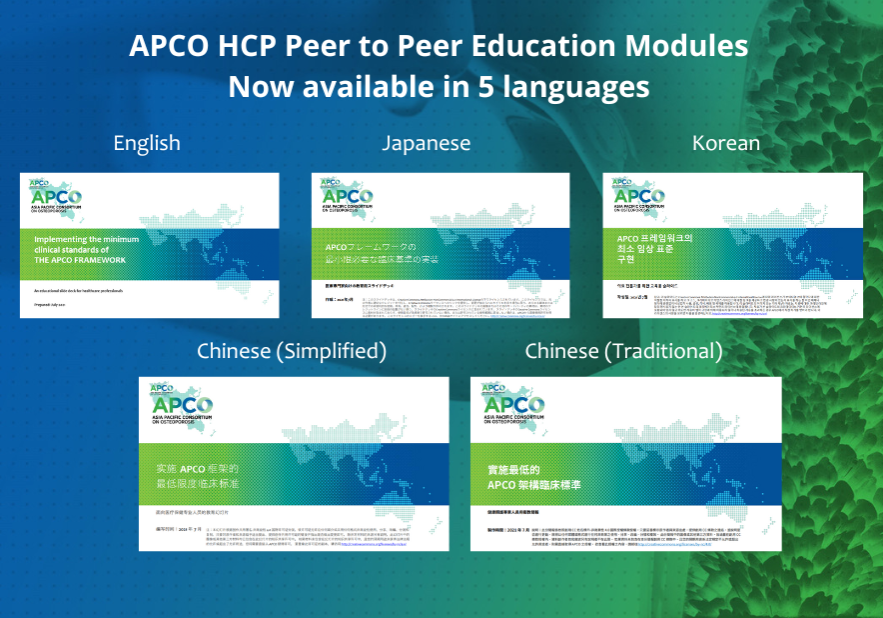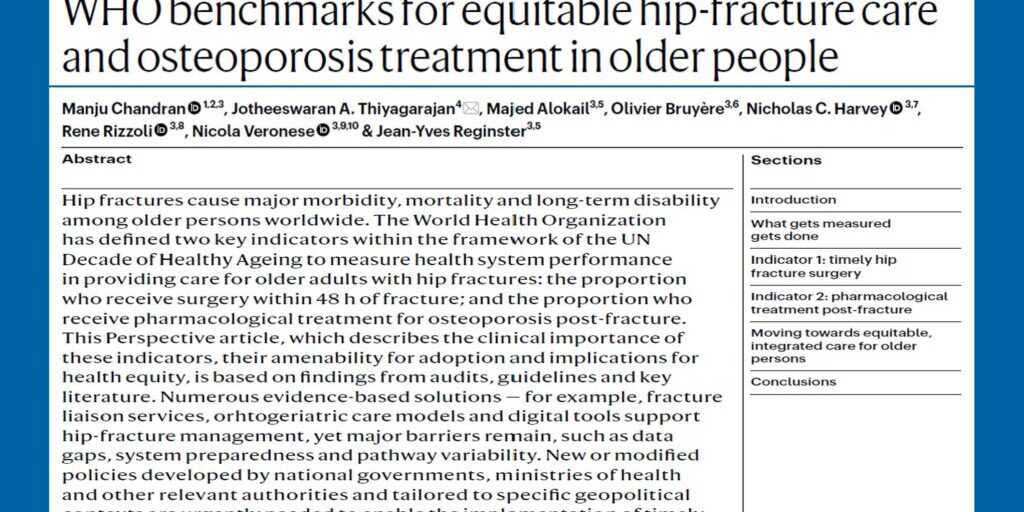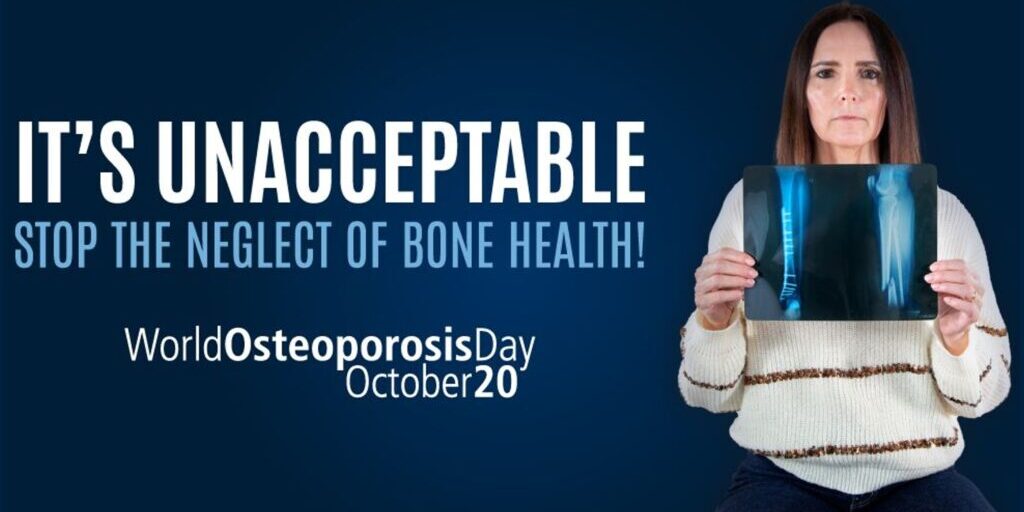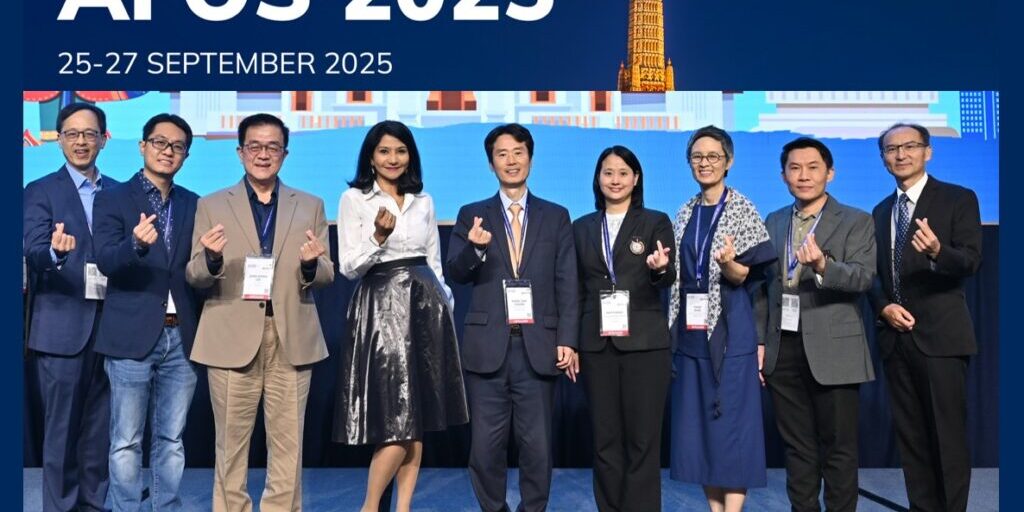In order to stem the tide of fragility fractures in the world’s fastest ageing, and linguistically diverse region, and to promote best practice osteoporosis care, the Asia Pacific Consortium on Osteoporosis (APCO) today announced the release of its novel, interactive, educational osteoporosis resource – the APCO Health Care Professional (HCP) Peer to Peer Educational Modules – in five dominant languages of the region.
The APCO HCP Education Modules are now available in English, Japanese, Korean, Simplified Chinese, and Traditional Chinese, and can be downloaded from apcobonehealth.org/apco-peer-to-peer-education-modules/.
According to APCO Chairperson and Director of the Osteoporosis and Bone Metabolism Unit, Singapore General Hospital, Dr Manju Chandran, there are substantial inconsistencies in clinical practice guidelines throughout the Asia Pacific for the management and prevention of osteoporosis, and its consequence, fragility fractures.
“Clinical practice guidelines vary extensively in scope, and recommendations throughout the Asia Pacific, which is further complicated by a lack of information available on adherence to national guidelines in daily clinical practice.
“To address this care gap, APCO has developed an interactive, 17-module educational series to arm osteoporosis champions in the Asia Pacific, with information, supporting data, topical literature summaries, and best practice examples that support and emphasise each of The APCO Framework’s 16 minimum clinical standards and emerging themes in osteoporosis care,” said
Dr Chandran.
“The five Educational Modules translations are designed to arm physicians throughout the region, with a comprehensive, evidence-based resource encouraging widescale implementation of the minimum clinical standards of care for osteoporosis advocated in The APCO Framework.
“The multi-lingual resources will enable the delivery of best practice osteoporosis care throughout the Asia Pacific,” Dr Chandran said.
Clinicians may choose to use the APCO HCP Education Modules either in full, or in part, to inspire, and inform their peers and professional communities, about those at high-risk for fracture who require identification and assessment, based on their medical and fracture history, risk factors, co-occurring diseases, country-specific osteoporosis screening tool results, and falls risk.
The Education Modules also provide supporting data on the administration, duration, monitoring of, and adherence to, various interventions and their associated side-effects, as well as the critical need for long-term management plans.
A staggering 319 million people aged 50 years and over from the Asia Pacific are projected to be at high risk of osteoporotic fracture over the next two decades, while more than half of the world’s hip fractures are expected to occur in the region by 2050.
Economically, the burden of current treatment of a single hip fracture in the Asia Pacific is extremely high, equating to approximately 19 per cent of the region’s per-head gross domestic product (GDP).
“Given the anticipated exponential growth in fragility fractures due to our region’s rapidly ageing population, mass urbanisation, and our increasingly sedentary lifestyles, we must act now,” said
Dr Chandran.
“Increasing awareness and education among healthcare professionals in the Asia Pacific is imperative to bringing change to the real-world clinical practice of osteoporosis care and fracture prevention, delivering substantial financial savings, and to ultimately, saving lives.”
To access and download the APCO HCP Peer to Peer Educational Modules in English, Japanese, Korean, Simplified Chinese, and Traditional Chinese, head to: apcobonehealth.org/apco-education-modules.






